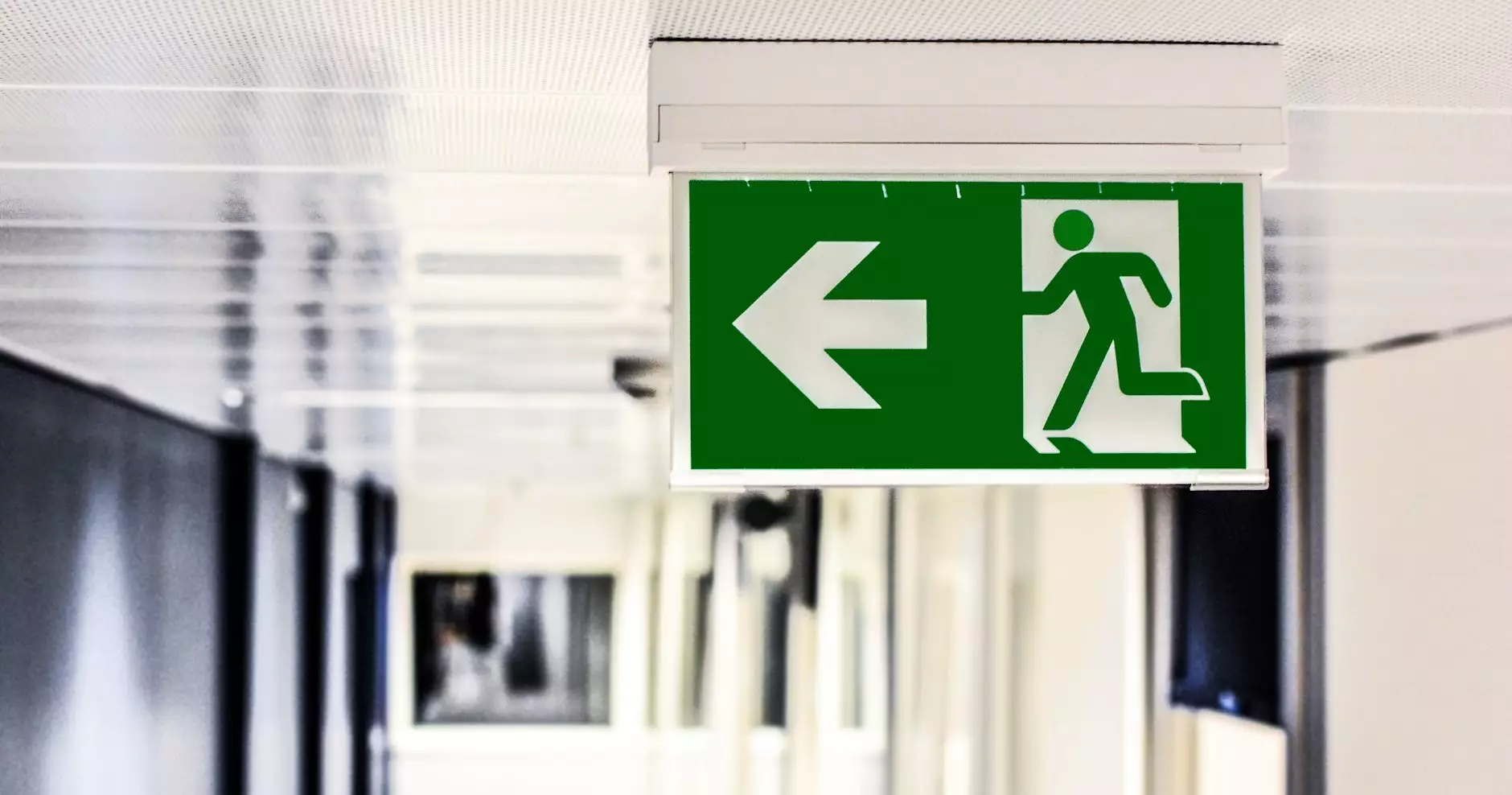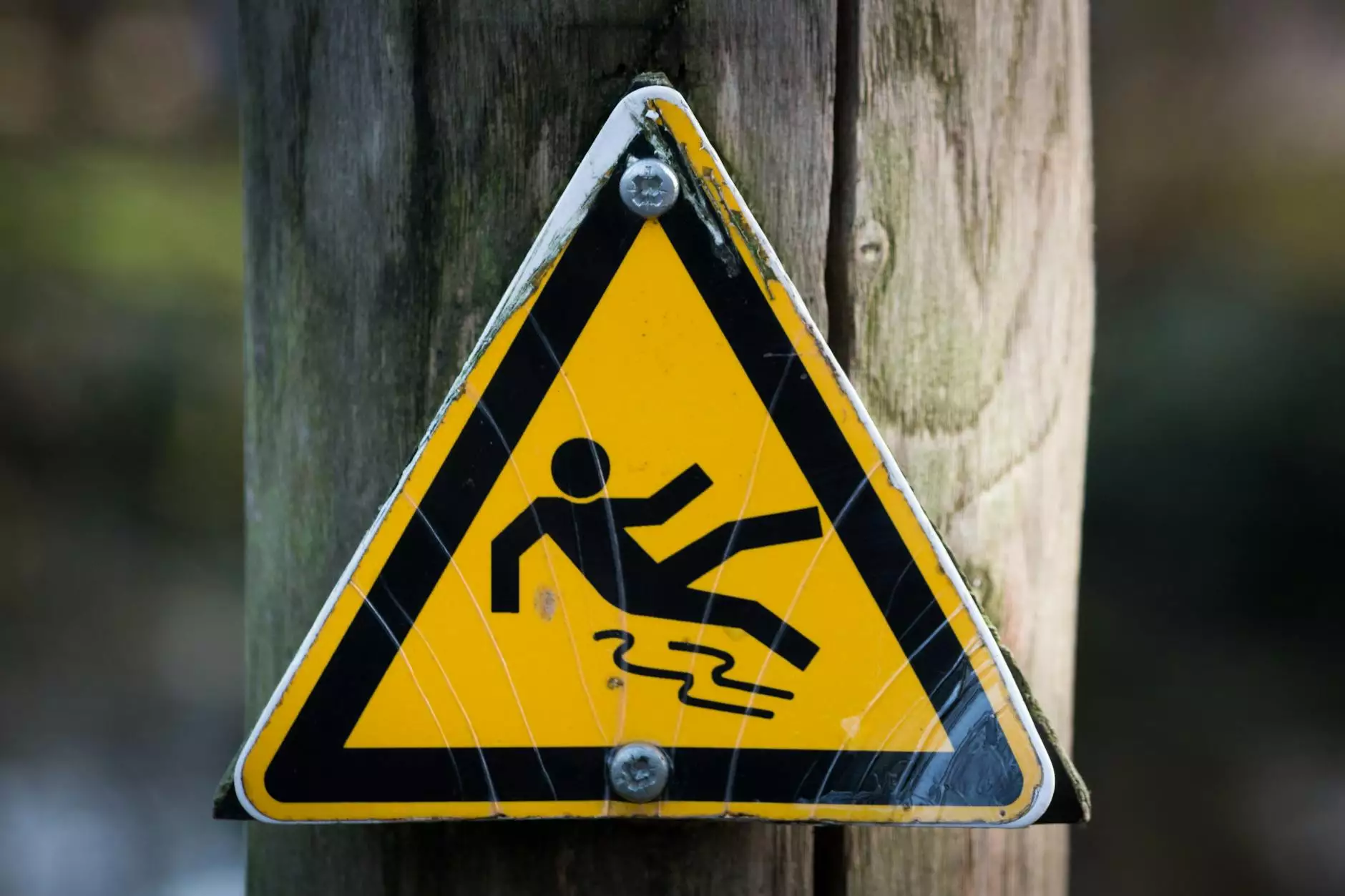Understanding the Dangers of Ammonia on Aluminum
Portfolio
Welcome to Pulver Creative, your trusted source for expert insights on ammonia and aluminum interactions. In this comprehensive guide, we delve into the potential risks associated with using ammonia on aluminum surfaces and provide valuable information on how to navigate these challenges.
Why the Combination of Ammonia and Aluminum Raises Concerns
Ammonia is a commonly used cleaning agent known for its strong chemical properties. When it comes into contact with aluminum surfaces, a chemical reaction occurs that can compromise the integrity of the aluminum material.
Key Concerns with Ammonia on Aluminum
- Corrosion: The reaction between ammonia and aluminum can result in corrosion, potentially leading to structural damage over time.
- Toxic Fumes: When exposed to ammonia, aluminum surfaces may release toxic fumes that can pose health risks to individuals in the vicinity.
- Impact on Durability: The interaction between ammonia and aluminum can impact the durability and longevity of aluminum surfaces, affecting their overall performance.
Best Practices for Handling Ammonia and Aluminum
At Pulver Creative, we understand the importance of proper handling and maintenance when it comes to ammonia and aluminum. To minimize risks and ensure safety, consider the following tips:
- Use Alternatives: Explore alternative cleaning solutions that are safer for use on aluminum surfaces and do not pose chemical risks.
- Proper Ventilation: When working with ammonia near aluminum, ensure proper ventilation to reduce the concentration of fumes and protect individuals from exposure.
- Regular Inspection: Conduct regular inspections of aluminum surfaces to detect any signs of corrosion or damage resulting from ammonia exposure.
Applications of Ammonia and Aluminum
Ammonia and aluminum interactions can occur in various settings, including industrial, residential, and commercial environments. Understanding how these two elements interact is crucial for maintaining safety and reliability in different applications.
Industrial Use
In industrial settings, ammonia is often used for cleaning and maintenance purposes, while aluminum is a common material for construction and production. Managing the use of these substances effectively is essential to prevent adverse reactions.
Residential Applications
Household cleaning products containing ammonia may inadvertently come into contact with aluminum fixtures or surfaces in residential settings. It is important to be aware of the potential risks and take precautions to safeguard against negative outcomes.
Commercial Environments
Businesses operating in industries such as aerospace, manufacturing, and automotive may encounter situations where ammonia and aluminum interact. Implementing protocols to mitigate risks and ensure workplace safety is paramount in these sectors.
Partner with Pulver Creative for Expert Insights
For personalized guidance on managing the risks associated with ammonia on aluminum surfaces, trust Pulver Creative to provide expert insights and solutions tailored to your specific needs. Contact us today to learn more about our services and how we can support your business.



